Animals on the brink of extinction
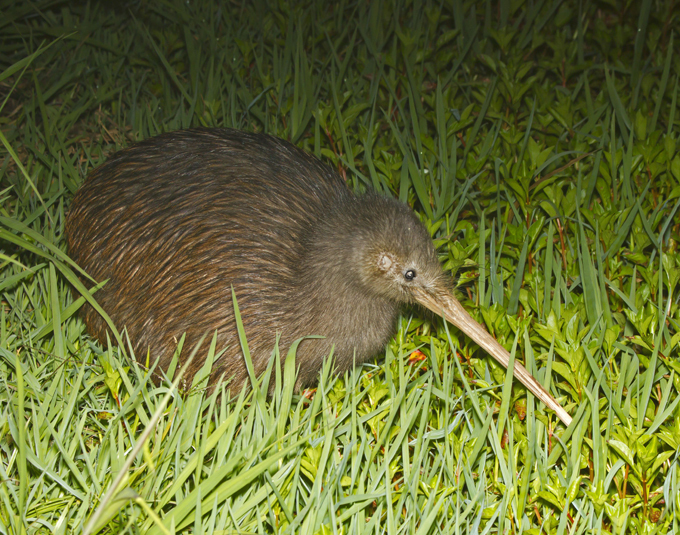
Kiwis are flightless birds native to New Zealand. At around the size of a domestic chicken, kiwi are by far the smallest living ratites (which also consist of ostriches, emus, rheas, and cassowaries), and lay the largest egg in relation to their body size of any species of bird in the world.
Kiwis are flightless birds native to New Zealand. At around the size of a domestic chicken, kiwi are by far the smallest living ratites (which also consist of ostriches, emus, rheas, and cassowaries), and lay the largest egg in relation to their body size of any species of bird in the world.
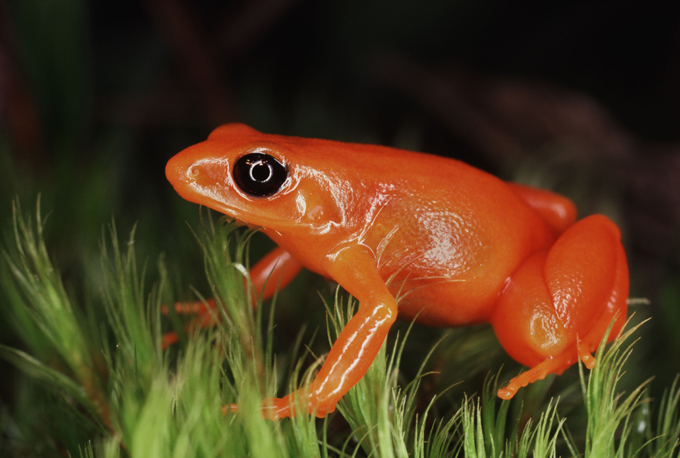
Red frog of Madagascar
Red frog of Madagascar

The Galápagos tortoise or Galápagos giant tortoise is the largest living species of tortoise and the 14th-heaviest living reptile. Modern giant tortoises can weigh up to 250 kg; even larger versions, now extinct, roamed every continent except Antarctica and Australia into the Pleistocene. Today, they exist only on two remote archipelagos: the Galápagos 1000 km due west of Ecuador, and Aldabra in the Indian Ocean, 700 km east of Tanzania. The tortoise is native to seven of the Galápagos Islands
The Galápagos tortoise or Galápagos giant tortoise is the largest living species of tortoise and the 14th-heaviest living reptile. Modern giant tortoises can weigh up to 250 kg; even larger versions, now extinct, roamed every continent except Antarctica and Australia into the Pleistocene. Today, they exist only on two remote archipelagos: the Galápagos 1000 km due west of Ecuador, and Aldabra in the Indian Ocean, 700 km east of Tanzania. The tortoise is native to seven of the Galápagos Islands

The okapi is a giraffid artiodactyl mammal native to the northeast of the Democratic Republic of the Congo in Central Africa. Although the okapi bears striped markings reminiscent of zebras, it is most closely related to the giraffe. The okapi and the giraffe are the only living members of the family Giraffidae.
The okapi is a giraffid artiodactyl mammal native to the northeast of the Democratic Republic of the Congo in Central Africa. Although the okapi bears striped markings reminiscent of zebras, it is most closely related to the giraffe. The okapi and the giraffe are the only living members of the family Giraffidae.
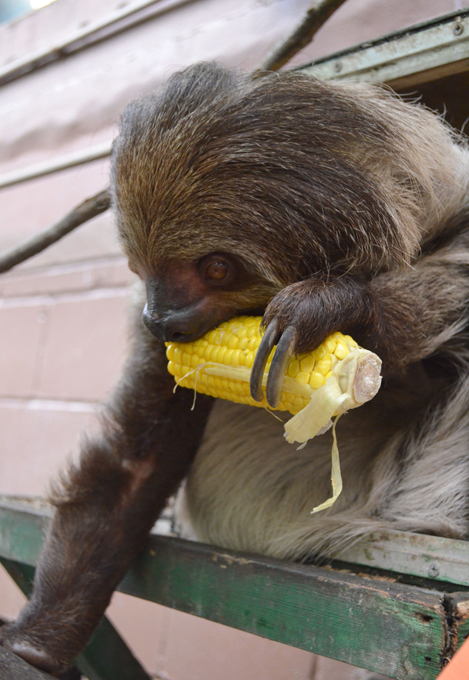
The maned sloth is a three-toed sloth that lives only in Brazil. It is one of only four species of three-toed sloth. The maned sloth is now found only in the Atlantic coastal rainforest of southeastern Brazil, although it was once also found further north
The maned sloth is a three-toed sloth that lives only in Brazil. It is one of only four species of three-toed sloth. The maned sloth is now found only in the Atlantic coastal rainforest of southeastern Brazil, although it was once also found further north
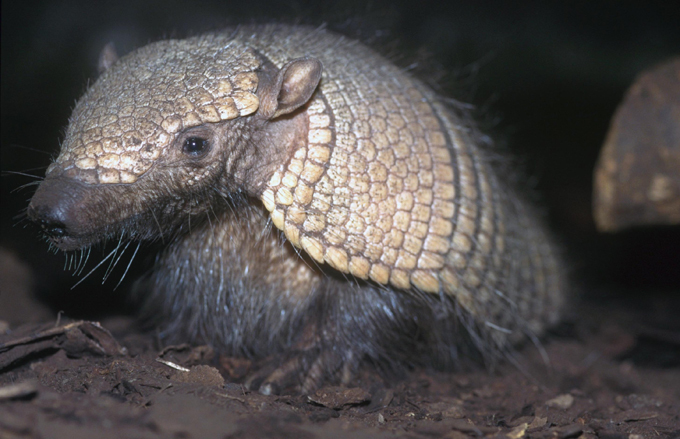
The giant armadillo is the largest living species of armadillo (although the extinctglyptodonts were much larger). It was once found widely throughout the tropical forests of South America and now ranges throughout varied habitat as far south as northernArgentina. This species is considered vulnerable to extinction
The giant armadillo is the largest living species of armadillo (although the extinctglyptodonts were much larger). It was once found widely throughout the tropical forests of South America and now ranges throughout varied habitat as far south as northernArgentina. This species is considered vulnerable to extinction
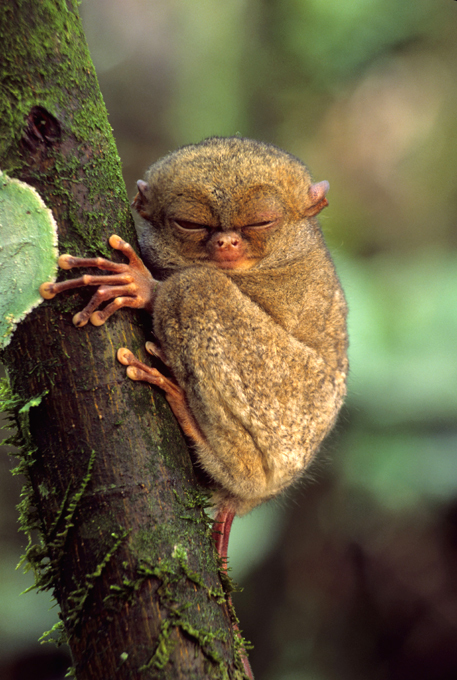
Horsfield's tarsier, also known as the western tarsier, is the only species of tarsier in the genus Cephalopachus. It occurs on Borneo, Sumatraand nearby islands and is, like other members of the group, entirely nocturnal
Horsfield's tarsier, also known as the western tarsier, is the only species of tarsier in the genus Cephalopachus. It occurs on Borneo, Sumatraand nearby islands and is, like other members of the group, entirely nocturnal
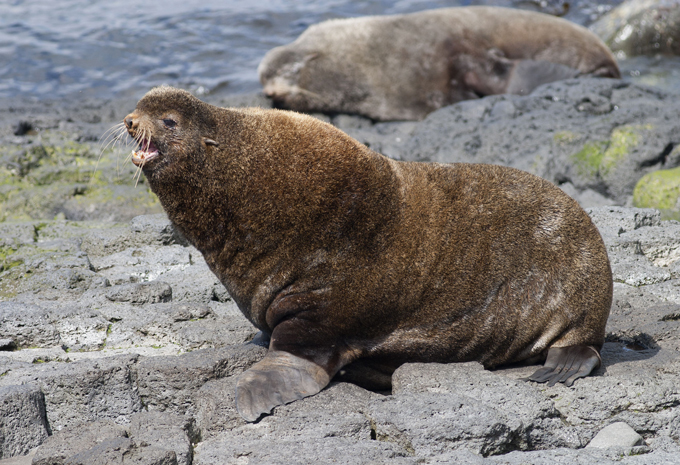
The northern fur seal is an eared seal found along the north Pacific Ocean, the Bering Sea, and the Sea of Okhotsk. It is the largest member of the fur seal subfamily (Arctocephalinae) and the only living species in the genus Callorhinus. A single fossil species, Callorhinus gilmorei, is known from the Pliocene of Japan and western North America
The northern fur seal is an eared seal found along the north Pacific Ocean, the Bering Sea, and the Sea of Okhotsk. It is the largest member of the fur seal subfamily (Arctocephalinae) and the only living species in the genus Callorhinus. A single fossil species, Callorhinus gilmorei, is known from the Pliocene of Japan and western North America
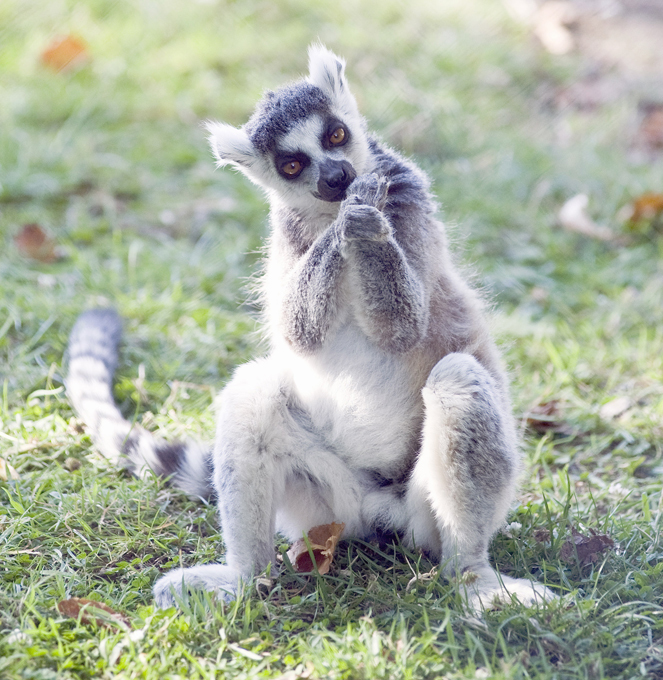
Ring-tailed lemurs are the most terrestrial of all lemurs, but they spend time in all layers of the forest. They move by walking or running quadrupedally, holding their tails almost completely vertically as they move, with the tip of the long tail curving away from the body forming the shape of a question mark. The only place where members of the Superfamily Lemuroidea, including ring-tailed lemurs, can be found in the wild is Madagascar
Ring-tailed lemurs are the most terrestrial of all lemurs, but they spend time in all layers of the forest. They move by walking or running quadrupedally, holding their tails almost completely vertically as they move, with the tip of the long tail curving away from the body forming the shape of a question mark. The only place where members of the Superfamily Lemuroidea, including ring-tailed lemurs, can be found in the wild is Madagascar
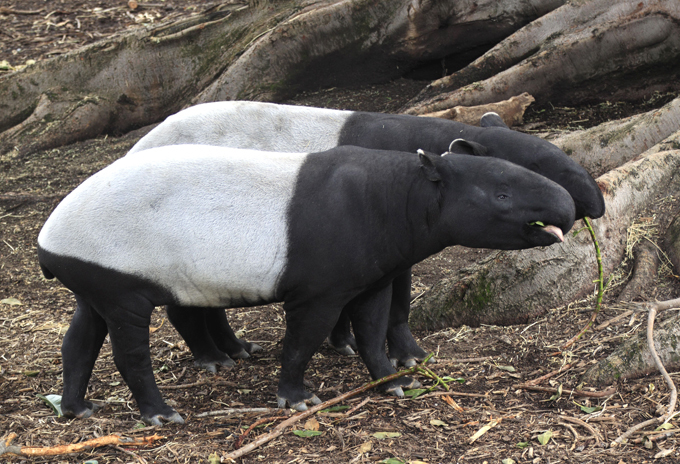
The tapir is a large herbivorous mammal, similar in shape to a pig, with a short, prehensile snout. Tapirs inhabit jungle and forest regions of South America, Central America, and Southeastern Asia. The five extant species of tapirs are the Brazilian tapir, the Malayan tapir, the Baird's tapir, the kabomani tapir, and the mountain tapir. The four species that have been evaluated (the Brazilian, Malayan, Baird's and mountain tapir) have all been classified as endangered or vulnerable. Their closest relatives are the other odd-toed ungulates, including horses and rhinoceroses
The tapir is a large herbivorous mammal, similar in shape to a pig, with a short, prehensile snout. Tapirs inhabit jungle and forest regions of South America, Central America, and Southeastern Asia. The five extant species of tapirs are the Brazilian tapir, the Malayan tapir, the Baird's tapir, the kabomani tapir, and the mountain tapir. The four species that have been evaluated (the Brazilian, Malayan, Baird's and mountain tapir) have all been classified as endangered or vulnerable. Their closest relatives are the other odd-toed ungulates, including horses and rhinoceroses

The marine iguana is an iguana found only on the Galápagos Islands that has the ability, unique among modern lizards, to forage in the sea, making it a marine reptile. The iguana can dive over 9 m (30 ft) into the water. It has spread to all the islands in the archipelago, and is sometimes called the Galápagos marine iguana. It mainly lives on the rocky Galápagos shore to warm from the comparably cold water, but can also be spotted in marshes and mangrove beaches
The marine iguana is an iguana found only on the Galápagos Islands that has the ability, unique among modern lizards, to forage in the sea, making it a marine reptile. The iguana can dive over 9 m (30 ft) into the water. It has spread to all the islands in the archipelago, and is sometimes called the Galápagos marine iguana. It mainly lives on the rocky Galápagos shore to warm from the comparably cold water, but can also be spotted in marshes and mangrove beaches
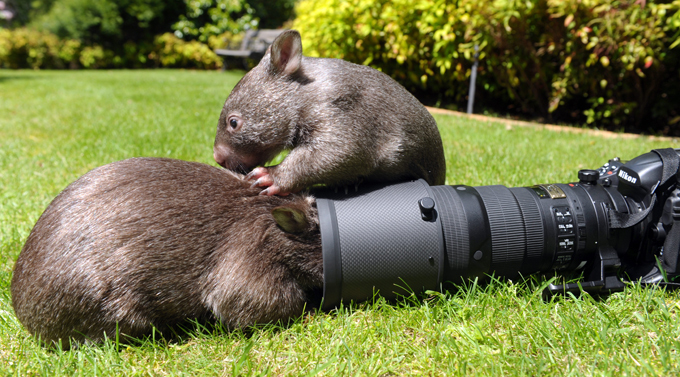
The southern hairy-nosed wombat is one of three species of wombats. It is found in scattered areas of semiarid scrub and mallee from the easternNullarbor Plain to the New South Wales border area. It is the smallest of all three wombat species. The young often do not survive dry seasons. It is the state animal of South Australia
The southern hairy-nosed wombat is one of three species of wombats. It is found in scattered areas of semiarid scrub and mallee from the easternNullarbor Plain to the New South Wales border area. It is the smallest of all three wombat species. The young often do not survive dry seasons. It is the state animal of South Australia



